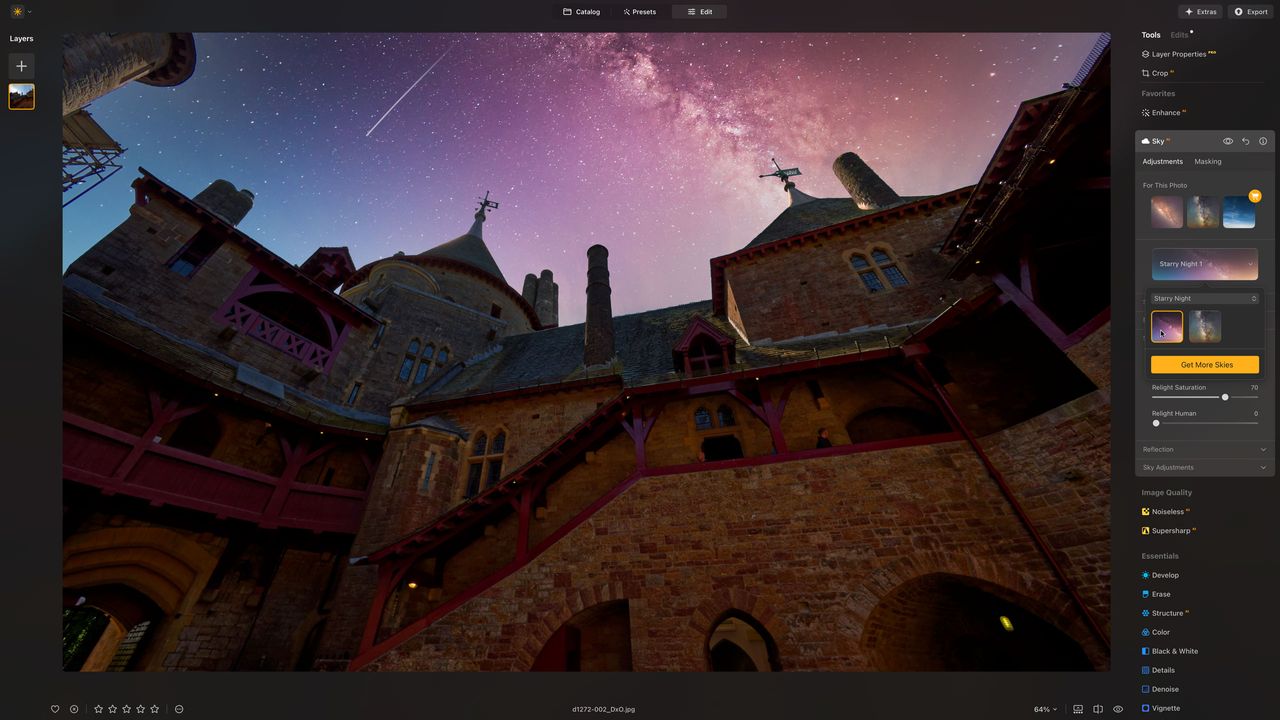
Skylum Luminar Neo presents a dazzling array of AI-enhanced tools and effects. There’s a lot to take in if you’re new to this software, but there seems to be an underlying theme to all of it, and that is turning actual reality into what you wish it were.
We all do this as photographers, but Luminar Neo goes way beyond everyday image enhancements to make faces thinner, eyes larger, skies better, water bluer, and twilight more colorful. You can add sunrays to landscapes, bokeh to portraits, and fog to your scenic shots. If this is your thing, then Luminar Neo is among the best photo-editing software applications right now.
It also follows in Adobe’s footsteps with its own GenErase, GenSwap, and GenExpand tools for erasing unwanted objects from your scenes, swapping out or adding new objects, or expanding the edges of an image to make it larger.
Luminar Neo does a lot – but then the days are gone when it was the first and only AI-powered photo editor on the market. Nowadays, everybody is doing it, from Adobe to ON1. Luminar’s AI ‘magic’ is now looking mainstream, so is it still a step ahead of its rivals?
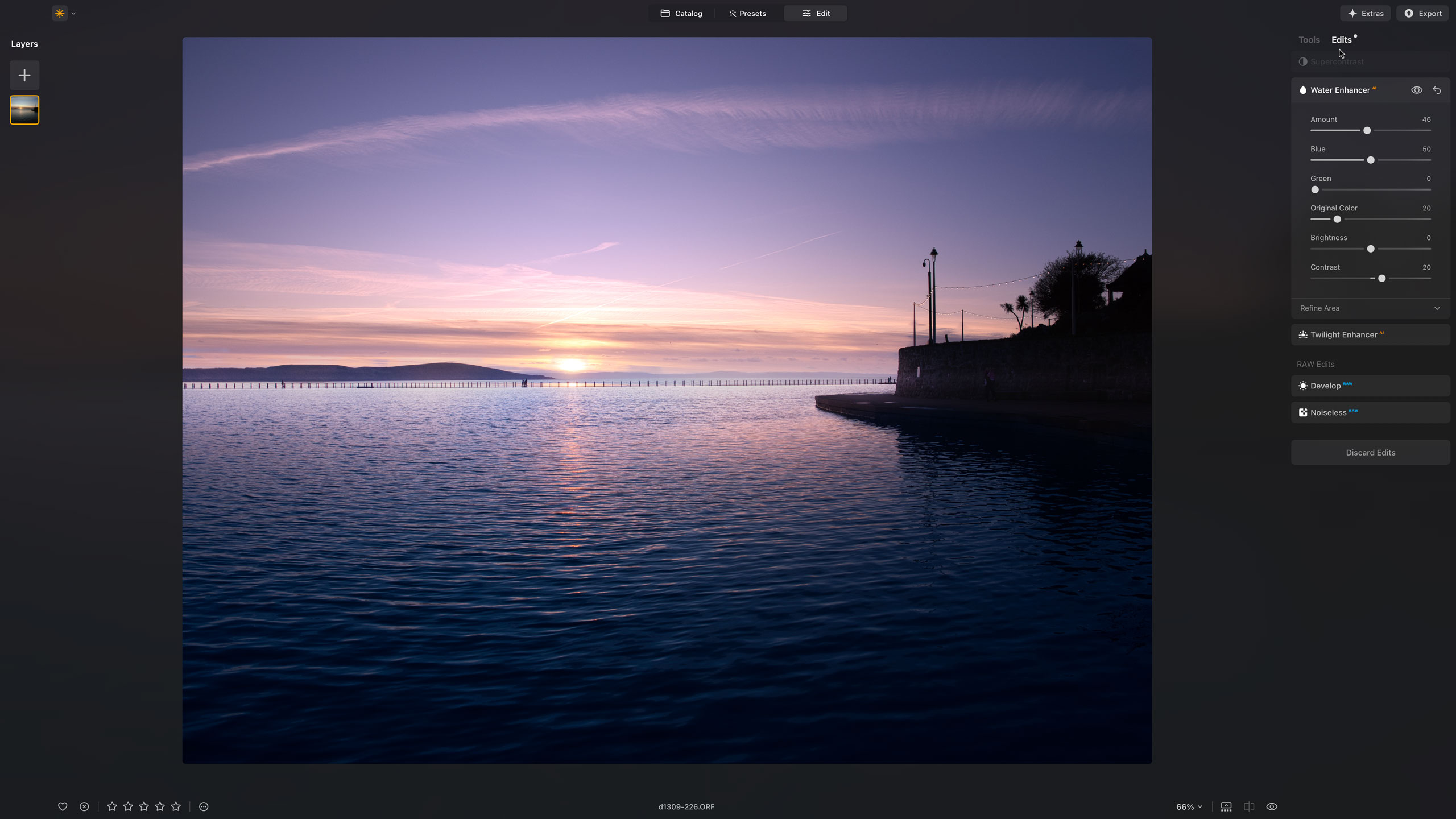
Skylum Luminar Neo: specifications
Windows |
macOS |
|
|---|---|---|
Processor |
Intel® Core™ i5 8 gen or better, AMD Ryzen™ 5 or better |
Intel® Core™ i5 8gen or better, Apple M1/M2/M3/M4 chip |
Operating system |
Windows 10 version 1909 or higher (only 64-bit OS) |
macOS 12.0 or higher is required (starting from Luminar Neo 1.21.0). For Luminar Neo 1.16.0, macOS 11.0 or higher is required. |
RAM |
8GB or more (16+GB recommended) |
8GB or more (16+GB recommended) |
Graphics |
Compatible with OpenGL 3.3 or later |
Not quoted |
Disk space |
10 GB free space; SSD for best performance |
10 GB free space; SSD for best performance |
Display |
1280×768 or higher resolution |
1280×768 or higher resolution |
Skylum Luminar Neo: price
The Neo marketing strategy changes frequently. In 2024 there was a big push towards subscriptions but in 2025 I can only find ‘perpetual’ license deals on the Skylum website – starting at $119 / £99 for a desktop-only license. These may not be quite what you expect. They are ‘lifetime’ licences in that they will never be revoked, but they only come with one year of free updates, so it seems unlikely you’ll get a lifetime’s actual use, and that you’ll probably need to update and upgrade as you go along.
Luminar Neo is not bad value as a standard Desktop license. You can pay a little more for the Cross-Device license to add the mobile Android/iOS/ChromeOS app (otherwise, this is a separate purchase), or go for the Max license, which adds Skylum’s Creative Library access.
This is the thing about Luminar Neo. It’s not just a standalone single-price purchase. It’s at the center of a commercial marketplace populated by paid add-ons such as preset packs and courses.
Skylum Luminar Neo: interface and usability

One of Luminar’s core principles has been that photo editing should be easy and the software should take care of all the complexity, leaving you to be more creative. Well, that’s a moot point. The AI tools make light of many everyday ‘reality enhancements’, but overall, the Luminar Neo workspace is as busy as those of any of its rivals and will require a period of acclimatization to get to grips with.
There are some odd workflow inconsistencies. If you open a raw file, it won’t automatically apply a lens correction profile, and you have to dig into the Edit mode’s Develop panels to fix that. This is an irritation when so many modern mirrorless lenses rely on these digital corrections.
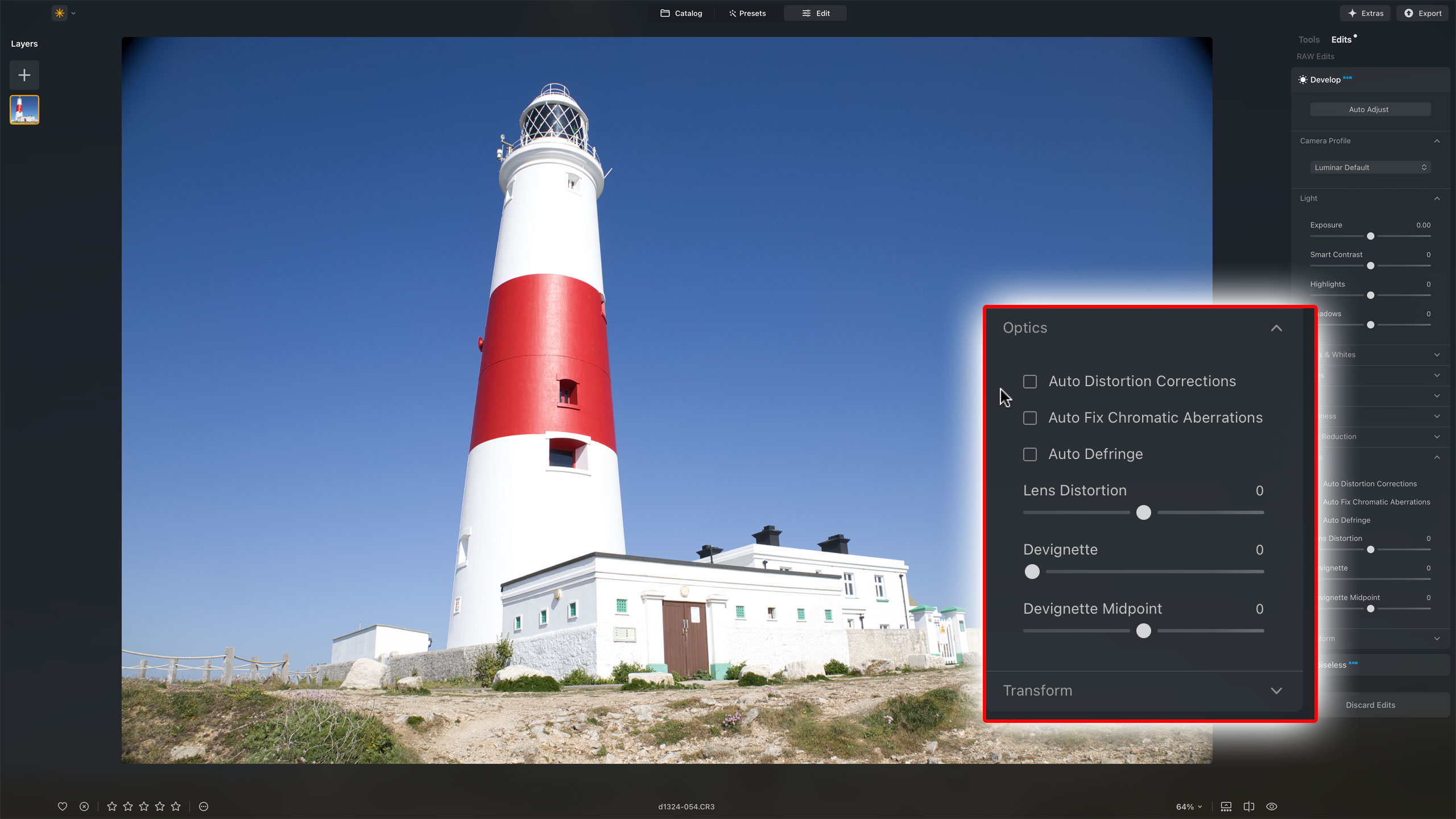
Also, if you do apply corrections, then decide to flick back to the Presets panel to try out some different looks, your lens corrections disappear. If you do it the other way around and apply a preset to the raw file and then go into the Edit mode to apply corrections, it becomes apparent you’re no longer working with a raw file, and you have to do this manually. The Presets panel does introduce an unwelcome workflow detour.
It’s annoying, too, that the presets appear to completely replace each other, so that if you choose a preset and then apply some manual lens corrections, these are wiped out if you then try another preset.
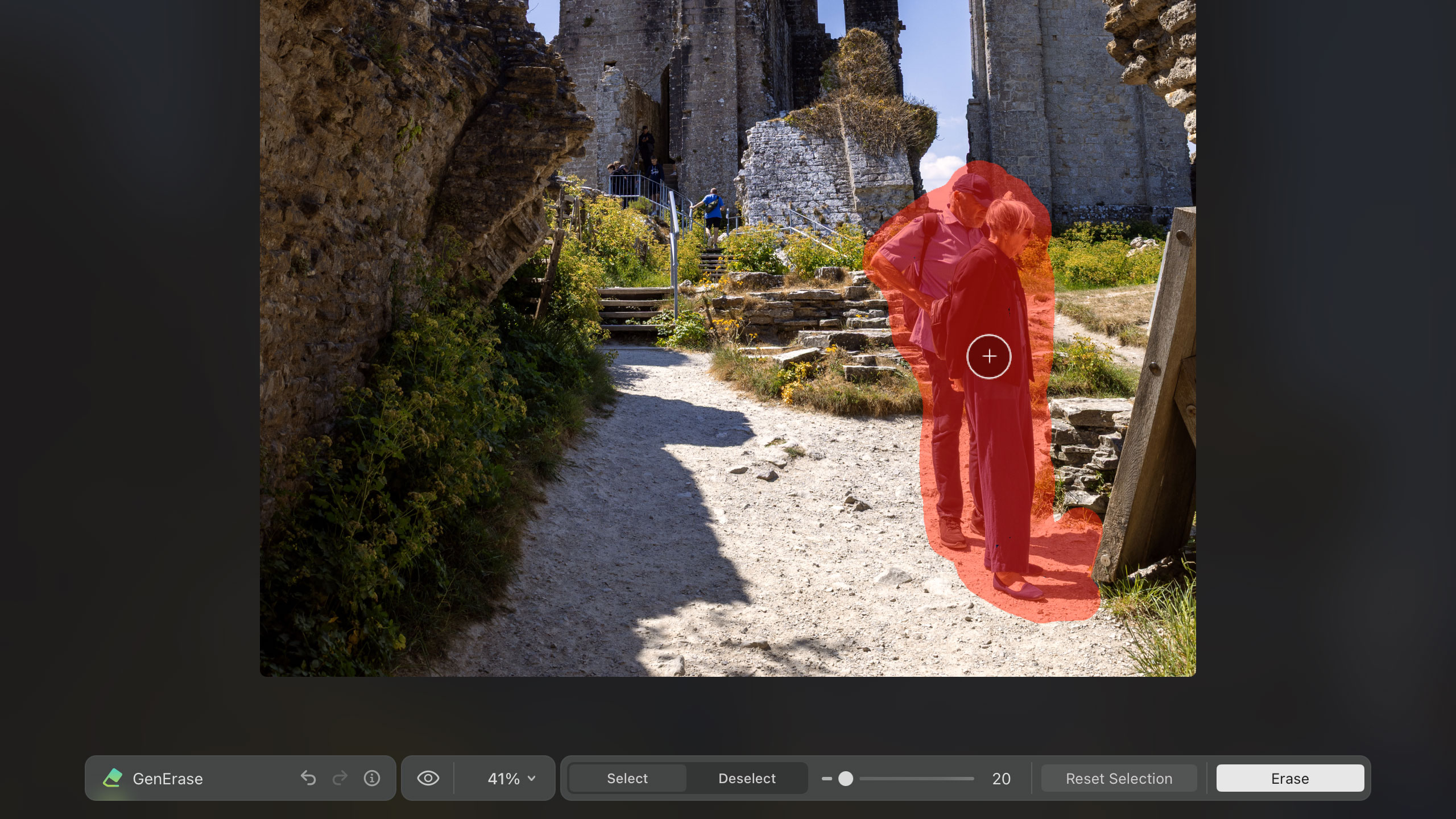
It’s odd, too, that the generative AI tools are displayed only in the Catalog panel and not in the Edit panel, where you might have expected them. Luminar Neo’s workflow does seem oddly disjointed in places.
Otherwise, it’s relatively straightforward to use. The Catalog panel displays images and folders you add to the catalog (so you can be selective) and offers basic search and filtering tools. It’s not Lightroom, but it’s not trying to be.
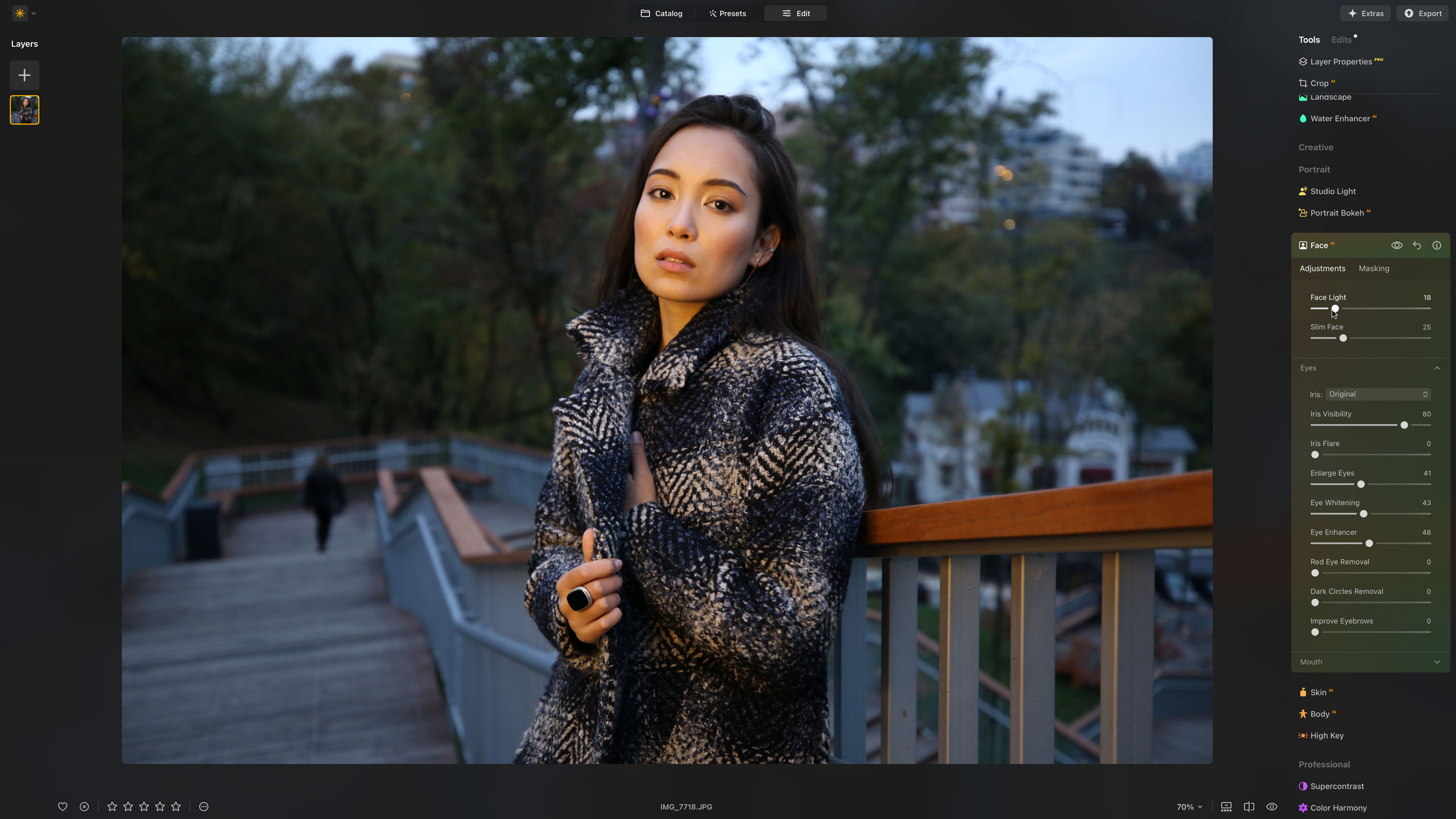
The Presets panel is where you can try out different ‘looks' for your images, but it’s the Edit panel where the real power lies. Here you get an expanding stack of tool categories, including ‘Favorites’, ‘Image Quality’, ‘Essentials’, ‘Landscape’, ‘Portrait’, ‘Creative’, and ‘Professional’. Each of these has a set of tools that expand to show their options when you click on them. There are no surprises here, and the options are generally clear and simple.
Luminar Neo is a non-destructive editor, so you can backtrack on your changes for the most part, but you will have to export a processed JPEG or TIFF to share with others or publish on social channels.
Skylum Luminar Neo: performance
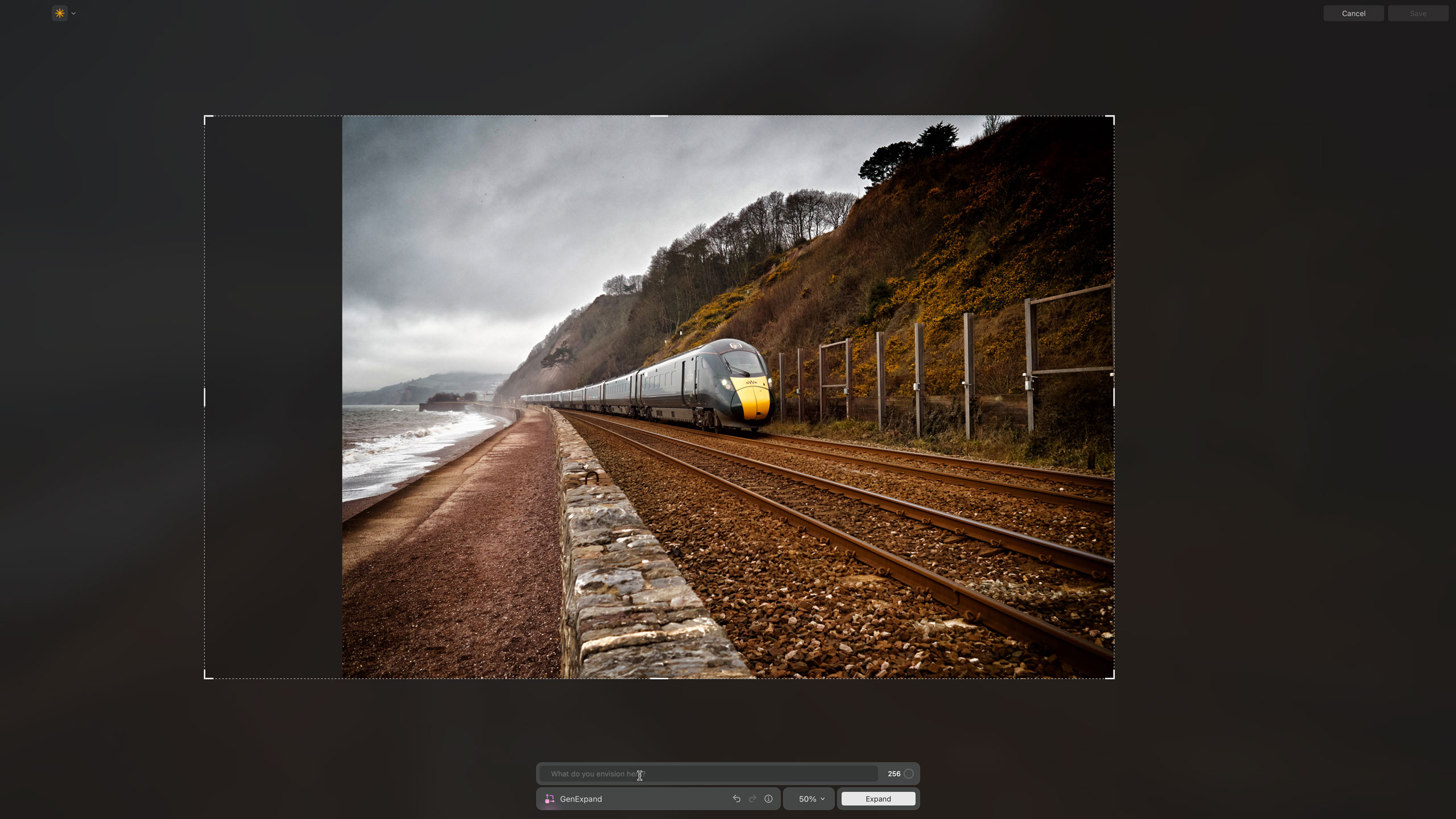

Luminar Neo’s results are often amazing, usually good, but sometimes not good at all. The generative AI tools do a great job, for the most part, especially when removing objects from a scene. I tried the GenSwap tool on different scenes for adding new objects, and that’s generally cool, too. In one instance, however, when I added a flock of birds to a sky image, it produced a horrible color shift in the sky, and in another, where I added an airplane, it looked clearly artificial. The generative expand feature can work well with small adjustments without the loss of detail you get with Photoshop’s generative AI, though Skylum does advise that big size changes are best carried out a bit at a time rather than all at once.
The new AI Water Enhancer and Twilight Enhancer tools are rather good. Both add color, depth, and drama to scenes using the power of AI, but is it cheating? Hardly. It’s the kind of thing we’ve been doing in Photoshop for ages; it’s just simpler and quicker here. Luminar’s Sky AI tool, one of the first of its type on the market, is still one of the best.
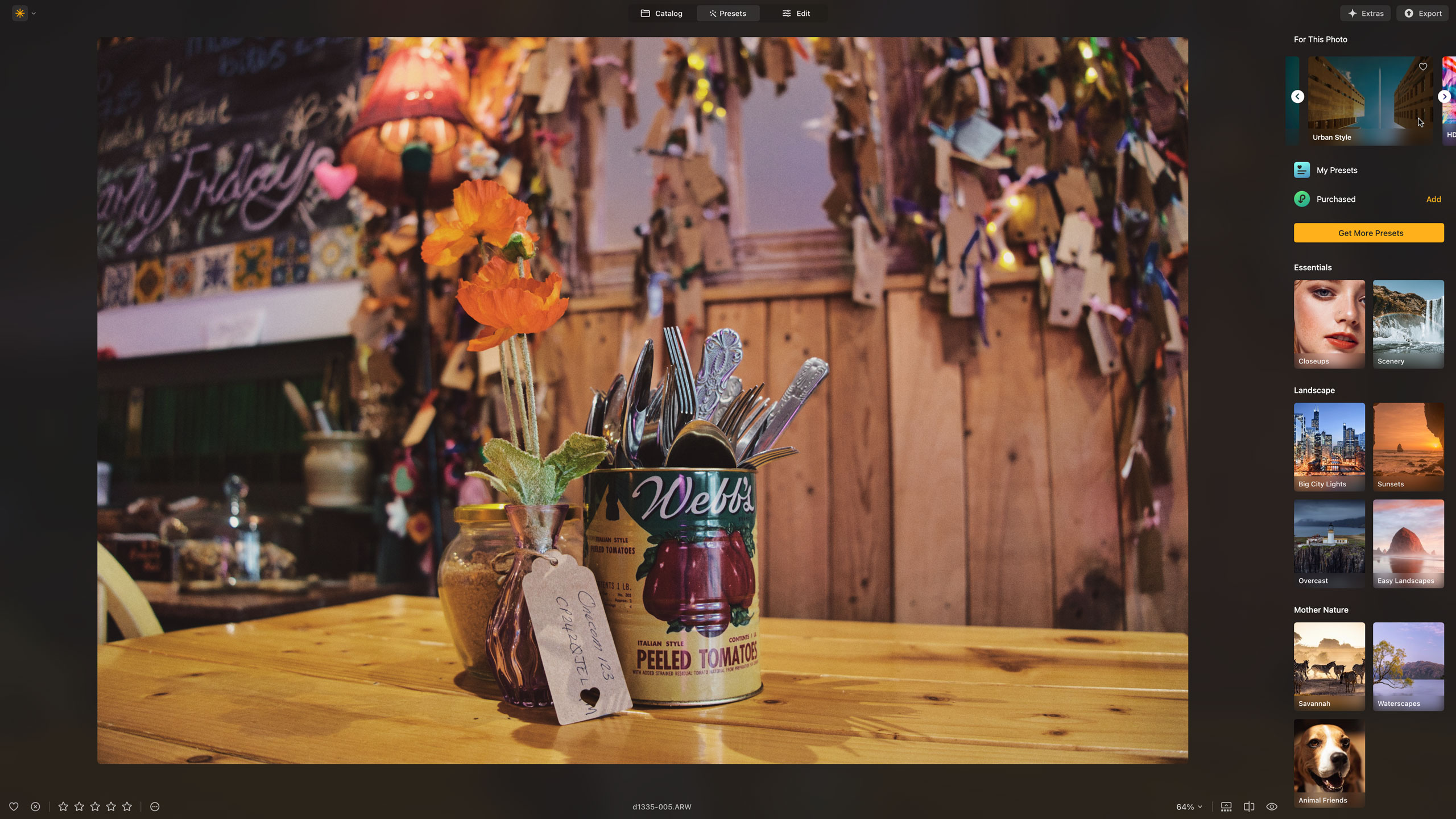
Luminar Neo’s portrait enhancement tools deserve a special mention. They are clear, straightforward to use, and can produce subtle enhancements that still preserve the character of your subject. If you want to go further, there are face and feature reshaping tools, as well as a Body AI tool, too.
Luminar’s AI tools sometimes seem to oversell the AI element, such as Structure AI, which adds 'structure' enhancements selectively, but are often extremely effective. They are the best part of this program. The same can’t be said for its presets, alas. These attempt to match your photo to relevant collections of presets, with names like ‘Urban Style’ or ‘Influencer’ (yeah, we can see how Luminar is thinking now), and you'll find a selection of alternative styles in each. Frankly, though, these just look like random variations on colors, tones, and low-fi looks. There’s not much imagination or variation on display here at all. You can get more presets via the Luminar Marketplace, but you have to pay for these, of course.
Skylum Luminar Neo: verdict

Skylum Neo is constantly evolving. By the end of 2025, Skylum is promising a one-click old photo restoration tool, an AI Assistant to recommend optimal edits, a Volume tool for adding depth through light and shadow, cross-device mobile-to-desktop editing (surely that should have been in place from the start?), and web galleries.
What hasn’t changed is Skylum’s relentless influencer marketing strategy, now with friends-and-family referral incentives, and its often bewildering bundle/subscription/perpetual license/membership options.
But let’s separate the software from how it’s marketed. In a nutshell, Luminar Neo is a remarkable ‘reality enhancement’ tool built around some really smart AI that can transform images of the real world into what you really wanted them to look like. That sounds like faint praise, but it really is very good at this.
What it’s not so good at is traditional photo-editing techniques, where conventional photo editing rivals are just more direct and logical, with more control and less ‘magic’. Luminar’s Catalog feature is useful but basic, and its presets are average at best – and it’s all bound up in a workflow that can often leave you wondering where things are and what just happened.
Features |
Luminar Neo combines basic but decent photo organizing, Adobe-style generative AI, preset styles, and in-depth AI enhancement tools. |
★★★★★ |
Design |
It’s a clean interface, but workflow inconsistencies and a complex Edit screen make Luminar Neo tricky at times. |
★★★☆☆ |
Performance |
Sometimes Luminar’s AI is excellent, sometimes it falls down, and you just have to see what happens. |
★★★★☆ |
Value |
The ‘perpetual’ license actually includes just one year of free updates – Luminar is well priced but no bargain. |
★★★★☆ |







